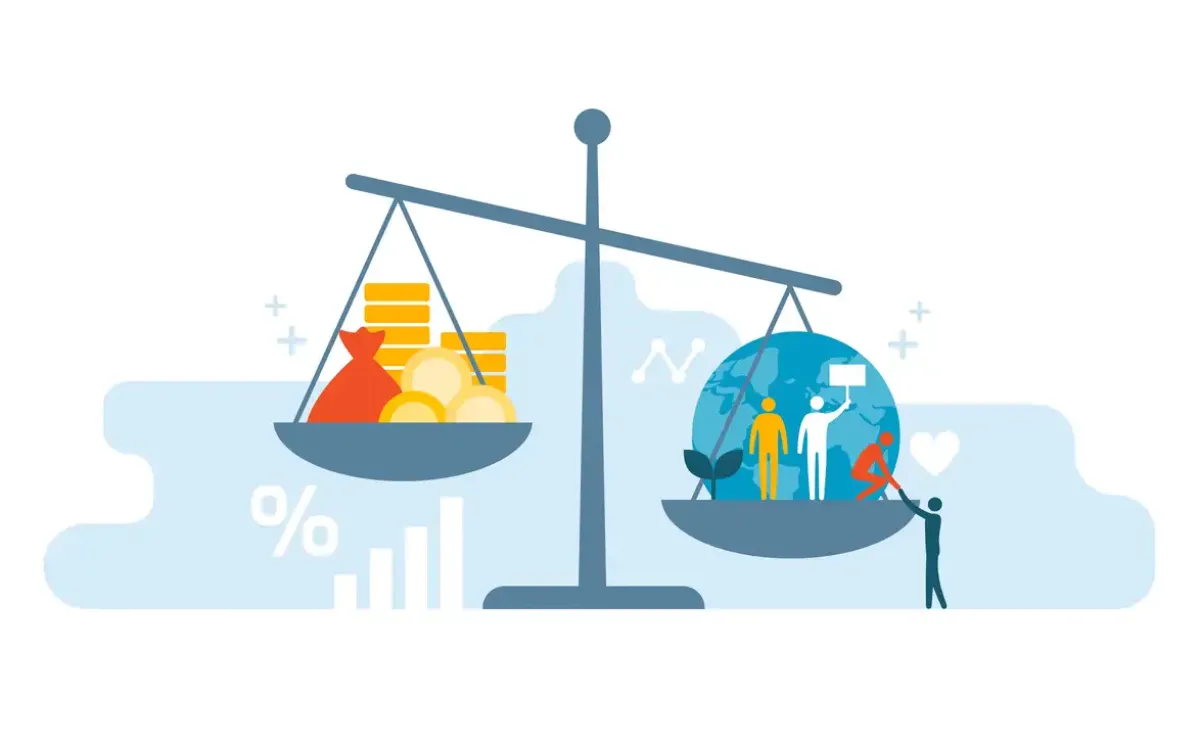
Alternative economic models: the social and circular economy
Discover how the social economy and the circular economy can become integrated to build a fairer, more sustainable and inclusive economic model. Keys, benefits and examples.
The social economy and the circular economy can form a powerful twosome by offering alternatives to the traditional economic system, making it more sustainable, with greater equality and more responsible.
These alternative economic models propose new solutions to persistent problems caused by the current economic model. Both climate change and the accumulation of wealth generate social inequalities that directly affect people’s quality of life. The way in which both proposals can come together and complement each other is presented below.
Two models, one solution
The social economy covers a set of economic and business activities developed by private entities that seek to satisfy the collective interest of its constituents or that of the general economic and social interest. It is based on principles such as primacy of the people, the social purposes over the capital, the fair distribution of the results of the economic activity, the internal and external solidarity, and the independence from the public authorities.
On the other hand, the circular economy is a sustainable economic model that attempts to redefine growth by way of the disconnection between development and consumption of finite resources.
Unlike the traditional linear model, which produces, uses and discards, the circular economy promotes a system in which the products, materials and resources are reused, repaired, recycled or are biodegradable, lengthening their lifespan and reducing waste generation.
Both approaches are essential to move forward towards the Sustainable Development Goals (SDG) established by the United Nations Organisation (UN) as part of the Agenda 2030, as they offer a foundation for a development that is fairer, more resilient and environmentally-friendly.
Joint vision
In order to achieve a fair transition of the current economic model towards one that improves people’s lives, it is essential to promote the convergence between social economy and circular economy. These models can become the driving force behind a regenerative and inclusive economy. The circular economy contributes to closing the cycles of materials and to reducing the dependence on non-renewable resources, which favours the balance between human activity and nature. At the same time, the social economy puts people at the centre of the economy, which allows it to move forward towards a model that is fairer, more equal and democratic.
The coordination of both approaches can give rise to transforming business and territorial experiences, such as circular production cooperatives, inclusive social companies that work on reutilization and recycling, or responsible consumption networks that give priority to short circuits, repairing and shared services.
The potential of building a regenerative and inclusive economy lies in the fact that it is not only the idea of producing in another way, but of living and organizing ourselves in a different way. This cultural, ecological and social change requires solid alliances, constant innovation and political commitment, but many initiatives launched from local to global sectors are already under way.